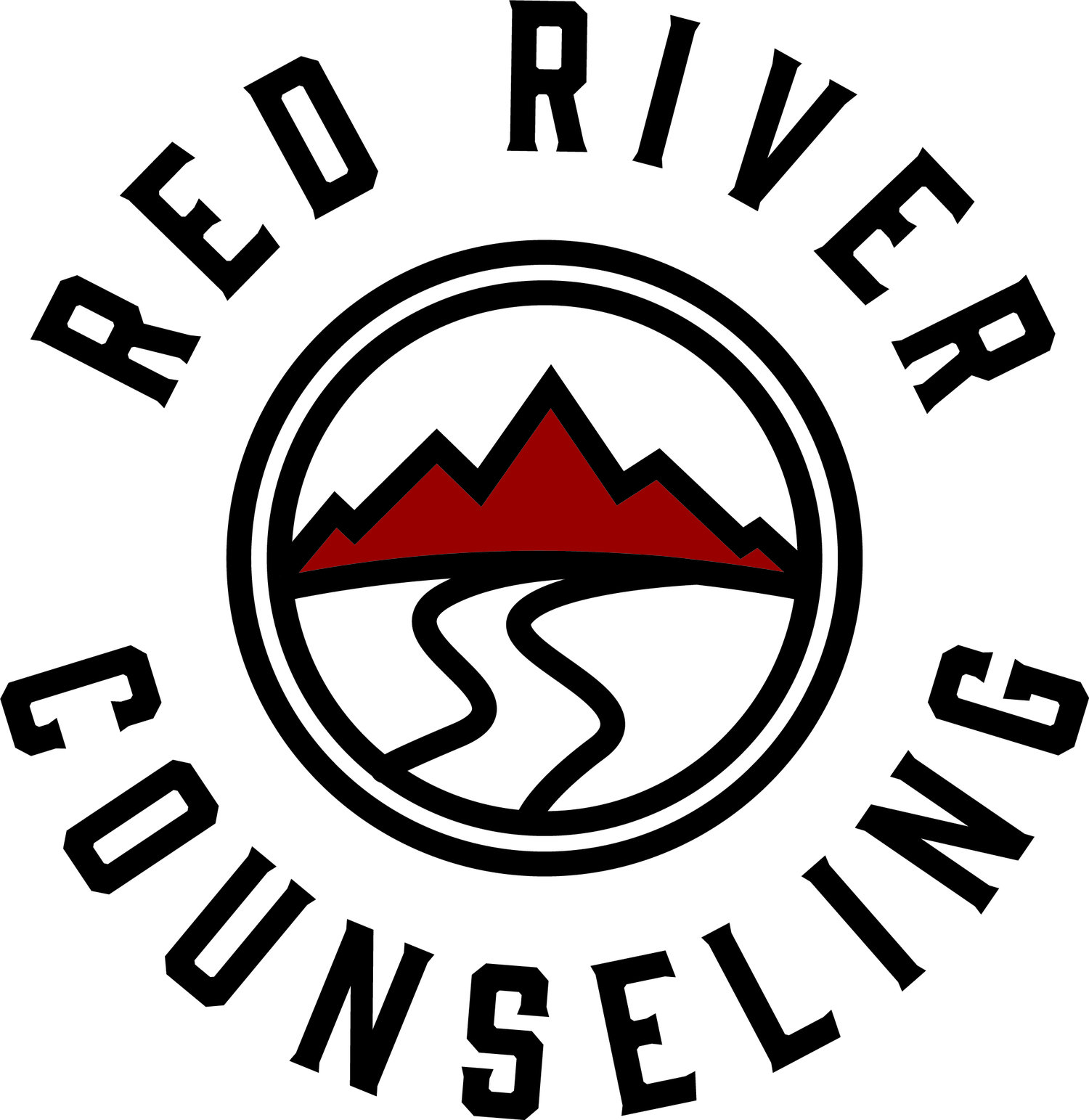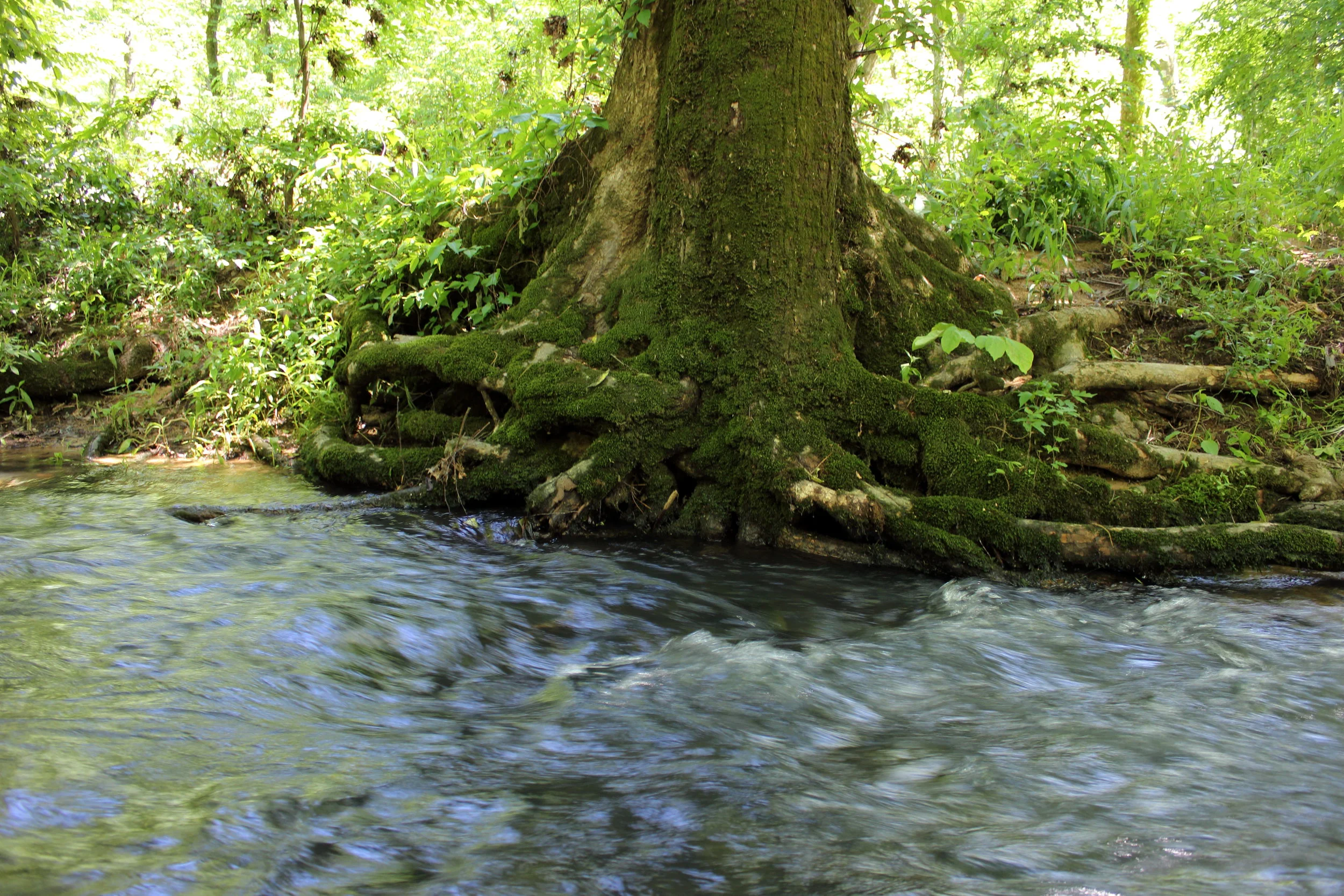Cultivate your Child's Worldview
/I was the kid who was constantly on his bike, and when I say constantly I mean it. I was also the kid who could never quite manage to make it home on time – after all, what shade of ‘dark’ did my Mom mean when she said ‘Be home by dark’? At some point a young friend and I decided to push our limits, riding past the boundary of the big hill towards uncharted territory. The thrill was intense, causing me to feel like my heroes, Indiana Jones and MacGyver, all at once.
Then came the dogs. Big ones with loud barks. My friend and I pedaled as hard as possible from what I remember as a large bear like beast. Several miles down a road I was unfamiliar with there came a sign for a town I’d never been in. I was terrified, lost and confused. The dilemma I faced as a lost kid running from dogs is similar to what our kids face on a daily basis: Who am I in relation to my surroundings and how do I understand the world around me? Essentially, it’s a question of worldview, which is how we understand ourselves and the world around us.
As a marriage and family therapist I work with a lot of different families who come from a variety of backgrounds and cultures. In general, I have noticed three different ways that parents tend to try and help their children develop their worldview.
Open fields No fences – In this model a parent attempts to not influence how their child thinks, but rather lets them figure it out on their own. The goal here is typically for the child to have a strong sense of self as they come to discover their own way of seeing and participating with the world around them. The danger in this as I see it, is that more often than not a child gets lost along the way, unable to make sense of some pain or ‘big life’ question, leaving him/her feeling lost and incompetent.
The Kennel – With this model we tend to put up fences around our children, with the goal of protecting them from the dangers that lurk outside until they are ready to face them. Yet they often find themselves overwhelmed by fear when they are let out of their protective fences. They never had to worry or process the hard pains and questions of life due to their safety, and so become overwhelmed by problems when they get ‘out on their own’.
The Watering Hole – Herein we try to give our children a solid and deep understanding of the world around them to return to, while at the same time allowing for them to wander and explore. The goal is to give them a safe place to return when they hit the difficult spots in life in order to try and make sense of it all.
I believe a part of our role as parents is to help our children develop a strong sense of who they are as well as a sturdy understanding of the world around them. Without this a child typically withdraws from hardships, turning to some form of numbing behavior or substance, or into fear, isolation and anxiety in order to hide from the confusion they encounter along their way. It would also seem that when we as parents don’t come alongside our children and help them make sense of their world they tend to become either cynics who mistrust anyone who differs from them, or they become gullible and believe whatever and whoever proposes the next great idea.
A part of our role as parents is to help our children develop a strong sense of who they are as well as a sturdy understanding of the world around them.
However, when we help our children cultivate a strong, stable worldview we enable them to process new ideas and relationships. In a real sense, they have an oasis to return to as they journey into the desert. They have the confidence to move out into the world, rather than retreat from it.
As a kid on his bike I found the way back home because I had been shown the maps, ridden the roads with my dad, and had been given the courage to face the scary hard things of life due to knowing I had a safe home to return. Essentially, having a stable base allowed me to explore new terrain (ideas, relationships, and limits), which is an essential part of growth. The same can be said for the development of my worldview.
How do you and I help our kids develop a strong and sturdy worldview? As parents, teachers, mentors, and friends there is a sense that it is impossible to not influence a child’s worldview, seeing that they form it from their experiences with us. However, there are a few things you can do to help their wordlview emerge and grow roots.
- Engage the unanswerable questions– Rather than trying to hide them or pretending to have an answer. Children are infinitely curious and need a guide when it comes to mystery.
- Make room for mistakes – In failing we learn our limits as well as the limits of those things we turn to. Without the permission to mess up we tend to either shut-down or become perfectionists who shut others down.
- Keep bringing them to the source of life – In hardships they will return to whatever they see you return to for life; be it relationships, money, work, leisure, comfort or faith.
- Lay off the should’s– “You should’ve known better. Shouldn’t have done that. Should always/never…” Impossible expectations are what turn the fence meant to keep you safe into the prison bars that restrict your freedom.
- Be with – Above all, simply be with your children as they grow in their understanding of themselves and the world around them. Walk with them as they struggle, mess up, question, and work through the difficulties life throws their way.


